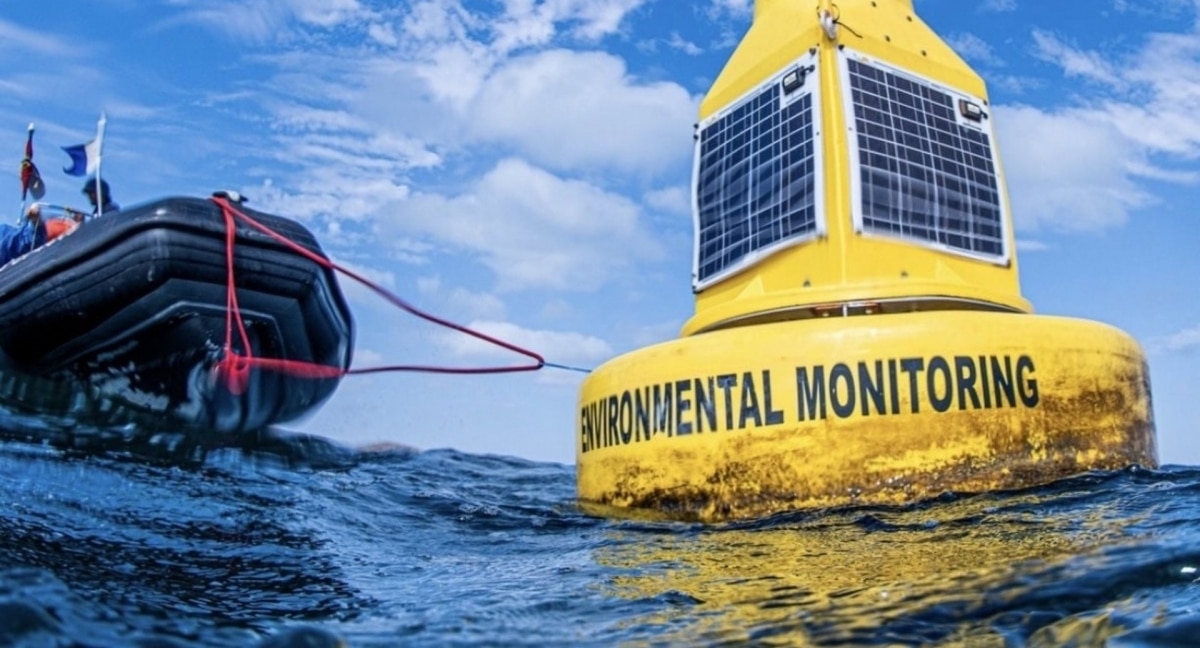Copyright theleader

Environmental crisis prompts emergency response from researchers MURCIA – Alarm bells are ringing around the Mar Menor once again, as marine life increasingly leaves the southern section of the lagoon due to dangerously low oxygen levels. According to the latest report from the Belich project, led by the Spanish Institute of Oceanography (IEO-CSIC), a mass of anoxic water has formed along the seabed, forcing fish and other species toward the surface in search of oxygen. Researchers note that this behaviour mirrors the distressing scenes of 2019, when thousands of fish washed ashore following a similar oxygen collapse. The most severely affected area now lies between Baron Island and Ciervo Island, with slightly less intensity near the so-called “white spot” off the central west coast. The first signs of biological stress were detected on October 23, when fauna were seen abandoning deeper waters. Yet, oxygen levels had already fallen below 2 mg/L as early as October 19 — a threshold that, while not complete anoxia, is still toxic for most marine species and can cause severe stress or death with prolonged exposure. The report attributes the current situation to the Alice flood, which temporarily reduced salinity in the lagoon’s southern surface waters. Although salinity appeared to recover within 24 hours, it later dropped again, forming a lighter surface layer that has persisted and led to thermohaline stratification — a separation of water layers that prevents oxygen from circulating to the bottom. This trapped, denser layer has since become depleted of oxygen, creating a zone of anoxia on the seabed. While the affected layer has recently shown signs of thinning — a possible indication of gradual improvement — scientists caution that the ecosystem remains under significant stress. Meanwhile, chlorophyll levels, which spiked on October 16 in what researchers describe as a “green soup” phenomenon, have started to decline but remain elevated. Turbidity — or water cloudiness — is also trending downward, though still high in the south. Despite these partial improvements, light penetration to the seabed remains critically low, limiting the recovery of underwater vegetation. Teams from the Belich project continue to meet in a crisis cabinet to monitor conditions and assess the ongoing impact on the Mar Menor’s fragile ecosystem. Photo_Mar Menor Technical Office



